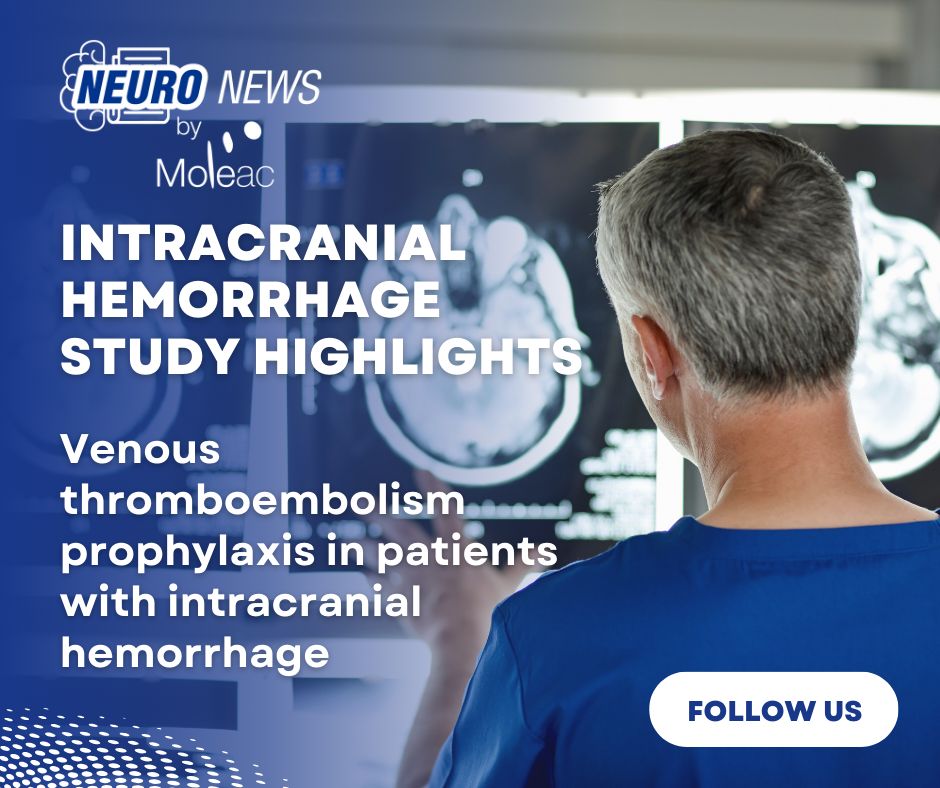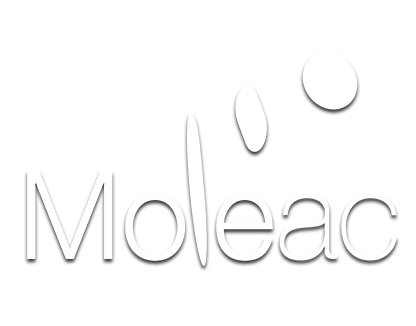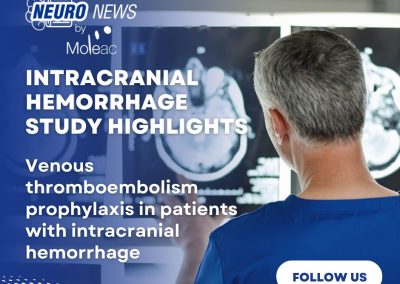Balancing Risk: New Systematic Review Explores VTE Prophylaxis in Intracranial Hemorrhage Patients

📰🧠🔬 INTRACRANIAL HEMORRHAGE STUDY HIGHLIGHTS – Venous thromboembolism prophylaxis in patients with intracranial hemorrhage: a systematic review of considerations for neurosurgical management by Sesto, Michael Del, et al.
Intracranial hemorrhage (ICH) affects nearly 3 million people worldwide each year, with a one-year mortality rate of 45.4%. Patients with ICH are at high risk of venous thromboembolism (VTE), yet prevention strategies must be balanced against the danger of worsening brain bleeding — making clinical decisions especially complex in neurosurgical care.
A new systematic review evaluated 43 studies (including only four randomized controlled trials) to examine VTE prevention approaches in ICH patients.
Key insights include:
• Drug type and dosing schedule influence the balance between preventing thromboembolism and avoiding hemorrhagic complications.
• The cause of ICH and patient characteristics play a critical role in guiding treatment decisions.
• Implant and bio-assay technologies provide quantitative monitoring to support clinical management.
• Regression models assist in estimating patient-specific risk based on multiple covariate factors.
• There remains a need for rigorous randomized controlled trials to address the current uncertainty in clinical recommendations.
• Machine learning models hold promise in analyzing risk factors and making benefit/risk predictions, in order to provide the best possible balance between ICH management and VTE prophylaxis in neurosurgical patients.
📄 Access the full article at: Sesto MD, Feier D, Kent B, Rupp C, Bertola L, & Lucke-Wold B.. Venous thromboembolism prophylaxis in patients with intracranial hemorrhage: a systematic review of considerations for neurosurgical management. Acad Med. 2025;2(1). https://www.academia.edu/2994-435X/2/1/10.20935/AcadMed7600. This is an open-access article under a CC-BY 4.0 license.


